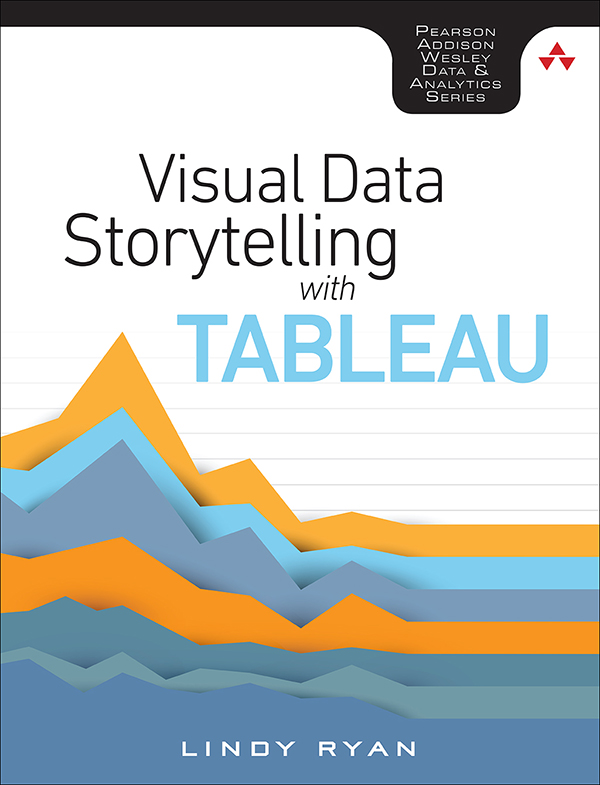EPUB is an open, industry-standard format for e-books. However, support for EPUB and its many features varies across reading devices and applications. Use your device or app settings to customize the presentation to your liking. Settings that you can customize often include font, font size, single or double column, landscape or portrait mode, and figures that you can click or tap to enlarge. For additional information about the settings and features on your reading device or app, visit the device manufacturers Web site.
Many titles include programming code or configuration examples. To optimize the presentation of these elements, view the e-book in single-column, landscape mode and adjust the font size to the smallest setting. In addition to presenting code and configurations in the reflowable text format, we have included images of the code that mimic the presentation found in the print book; therefore, where the reflowable format may compromise the presentation of the code listing, you will see a Click here to view code image link. Click the link to view the print-fidelity code image. To return to the previous page viewed, click the Back button on your device or app.
Visual Data Storytelling with Tableau
Lindy Ryan

Boston Columbus Indianapolis New York San Francisco Amsterdam Cape Town Dubai London Madrid Milan Munich Paris Montreal Toronto Delhi Mexico City So Paulo Sidney Hong Kong Seoul Singapore Taipei Tokyo
Many of the designations used by manufacturers and sellers to distinguish their products are claimed as trademarks. Where those designations appear in this book, and the publisher was aware of a trademark claim, the designations have been printed with initial capital letters or in all capitals.
The author and publisher have taken care in the preparation of this book, but make no expressed or implied warranty of any kind and assume no responsibility for errors or omissions. No liability is assumed for incidental or consequential damages in connection with or arising out of the use of the information or programs contained herein.
For information about buying this title in bulk quantities, or for special sales opportunities (which may include electronic versions; custom cover designs; and content particular to your business, training goals, marketing focus, or branding interests), please contact our corporate sales department at or (800) 382-3419.
For government sales inquiries, please contact .
For questions about sales outside the U.S., please contact .
Visit us on the Web: informit.com/aw
Library of Congress Control Number: 2018932444
2018 Pearson Education, Inc.
All rights reserved. Printed in the United States of America. This publication is protected by copyright, and permission must be obtained from the publisher prior to any prohibited reproduction, storage in a retrieval system, or transmission in any form or by any means, electronic, mechanical, photocopying, recording, or likewise. For information regarding permissions, request forms, and the appropriate contacts within the Pearson Education Global Rights & Permissions Department, please visit www.pearsoned.com/permissions/.
Microsoft and/or its respective suppliers make no representations about the suitability of the information contained in the documents and related graphics published as part of the services for any purpose. All such documents and related graphics are provided as is without warranty of any kind. Microsoft and/ or its respective suppliers hereby disclaim all warranties and conditions with regard to this information, including all warranties and conditions of merchantability, whether express, implied or statutory, fitness for a particular purpose, title and non-infringement. In no event shall Microsoft and/or its respective suppliers be liable for any special, indirect or consequential damages or any damages whatsoever resulting from loss of use, data or profits, whether in an action of contract, negligence or other tortious action, arising out of or in connection with the use or performance of information available from the services. The documents and related graphics contained herein could include technical inaccuracies or typographical errors. Changes are periodically added to the information herein. Microsoft and/or its respective suppliers may make improvements and/or changes in the product(s) and/or the program(s) described herein at any time. Partial screenshots may be viewed in full within the software version specified.
Microsoft Windows, and Microsoft Office are registered trademarks of the Microsoft Corporation in the U.S.A. and other countries. This book is not sponsored or endorsed by or affiliated with the Microsoft Corporation.
ISBN-13: 978-0-13-471283-3
ISBN-10: 0-13-471283-3
1 18
Editor-in-Chief
Greg Wiegand
Executive Editor
Debra Williams
Development Editor
Chris Zahn
Managing Editor
Sandra Schroeder
Senior Project Editor
Lori Lyons
Copy Editor
Paula Lowell
Project Manager
Dhayanidhi Karunanidhi
Indexer
Erika Millen
Proofreader
Jeanine Furino
Cover Designer
Chuti Prasertsith
Compositor
codemantra
For all my studentspast, present, and future
Contents at a Glance
Register This Book
Register your copy of Visual Data Storytelling with Tableau on the InformIT site for convenient access to updates and/or corrections as they become available. To start the registration process, go to informit.com/register and log in or create an account. Enter the product ISBN (9780134712833) and click Submit. Look on the Registered Products tab for an Access Bonus Content link next to this product, and follow that link to access any available bonus materials. If you would like to be notified of exclusive offers on new editions and updates, please check the box to receive email from us.
Contents
FOREWORD
Data visualization is about presenting data in a way to help humans interpret, analyze, learn from it, and most important in a business context, take action on it. More than just objectively showing a result of data discovery or analysis, visualization can point a user in one direction or another based on the data chosen, the techniques used, and the creators focus. This book focuses on the narrative part of data visualization. Its an excellent addition to this series, which has mostly focused on the infrastructure and algorithms of data and analytics. Visual representation is the end result of all that work on the back end, which means this book closes the loop on the overall analytics story. Despite its focus on Tableau as a tool, the concepts and methods discussed throughout are applicable to any data tool, be it Excel, custom visualizations, or other products that give analysts and data scientists the ability to tell a story through data.
Lindy has deep experience in analytics, communication, and data visualization. She led research in visual analytics, among other things, at Radiant Advisors before moving into academia where she now teaches on data analysis, communication, and visualization at both Rutgers University and Montclair State University, as well as actively researches in the field at Rutgers Discovery Informatics Institute. She brings her depth of experience to this book with explorations and analysis of some famous and well-known data visualizations in addition to lessons on choosing different visuals, color palettes, data preparation, charts, and more.


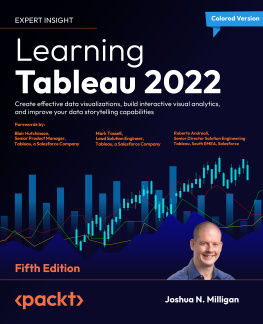
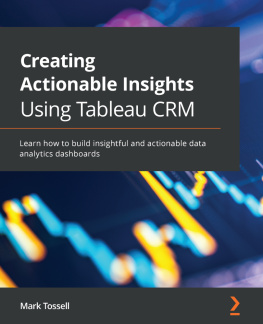
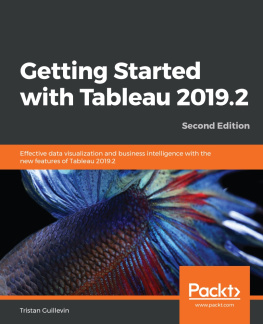
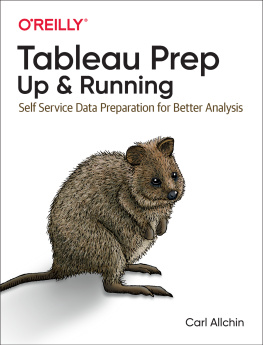
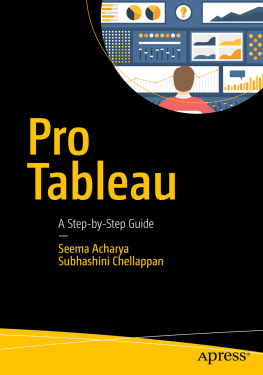
![Jones - Communicating data with Tableau : [designing, developing, and delivering data visualizations; covers Tableau version 8.1]](/uploads/posts/book/108879/thumbs/jones-communicating-data-with-tableau.jpg)

